However, you should be careful that any maintenance you perform on tree branches does not damage the rest of the tree. If your actions cause damage or ultimately kill a neighbor's tree, you can be held responsible for up to three times the cost of replacing the tree. Tenants can perform general lawn care or landscaping. However, important tree maintenance, including pruning and removing, must be handled by the owner or owner.
While healthy trees add value to your property, they can cost you costs if they are improperly cared for. As a property owner, you have a legal obligation to inspect your trees for defects that may cause harm to people who visit your property. This legal obligation is known as the “duty of care” and applies to municipalities and their trees on public property, and it also applies to private land owners. Unless your lease agreement mentions something specific, general maintenance and maintenance (including major pruning of trees that a professional would engage in) should be the homeowner's duty.
In fact, it is recommended that you do not do maintenance, such as tree removal and pruning, to avoid injury and make sure everything is completed correctly. Trees on your property are your responsibility to maintain, but what about trees on the right of way directly in front of your property? Here is additional information that establishes the owner's responsibility for pruning and maintaining trees. That's why conducting regular tree risk assessments and maintenance is an important part of owning a property. If your tree was maintained and a storm uprooted it or broke branches and damaged property, you generally won't be liable because you were diligent in your duty of care to ensure the health and integrity of your trees prior to the storm.
If you are a homeowner who needs help with tree trimming and other maintenance, consider the advantages of having a property manager. If a tree damages a person's property or injures them, you could be held liable if there is a lawsuit, especially if the tree suffered damage or illness and you didn't resolve the issue. Usually, yes, you can plant trees on the right of way, but most counties and cities have a list of preferred trees you should plant. Meanwhile, California and Georgia have removal restrictions for specific tree species, such as heritage trees (oaks) and hardwoods, respectively.
As such, the topic of landscaping, particularly tree pruning, might not be discussed before the tenant moves in, leading to confusion as to who has legal responsibility for damage to fallen trees. The property owner is often responsible for pruning and removing trees, considering that a well-kept tree has more than just visual advantages. In addition, pruning or pruning trees regularly can keep the tree healthy and grow in the direction you prefer. Most of the time, leasing a rental property does not indicate who is responsible for tree trimming and maintaining a rental property.
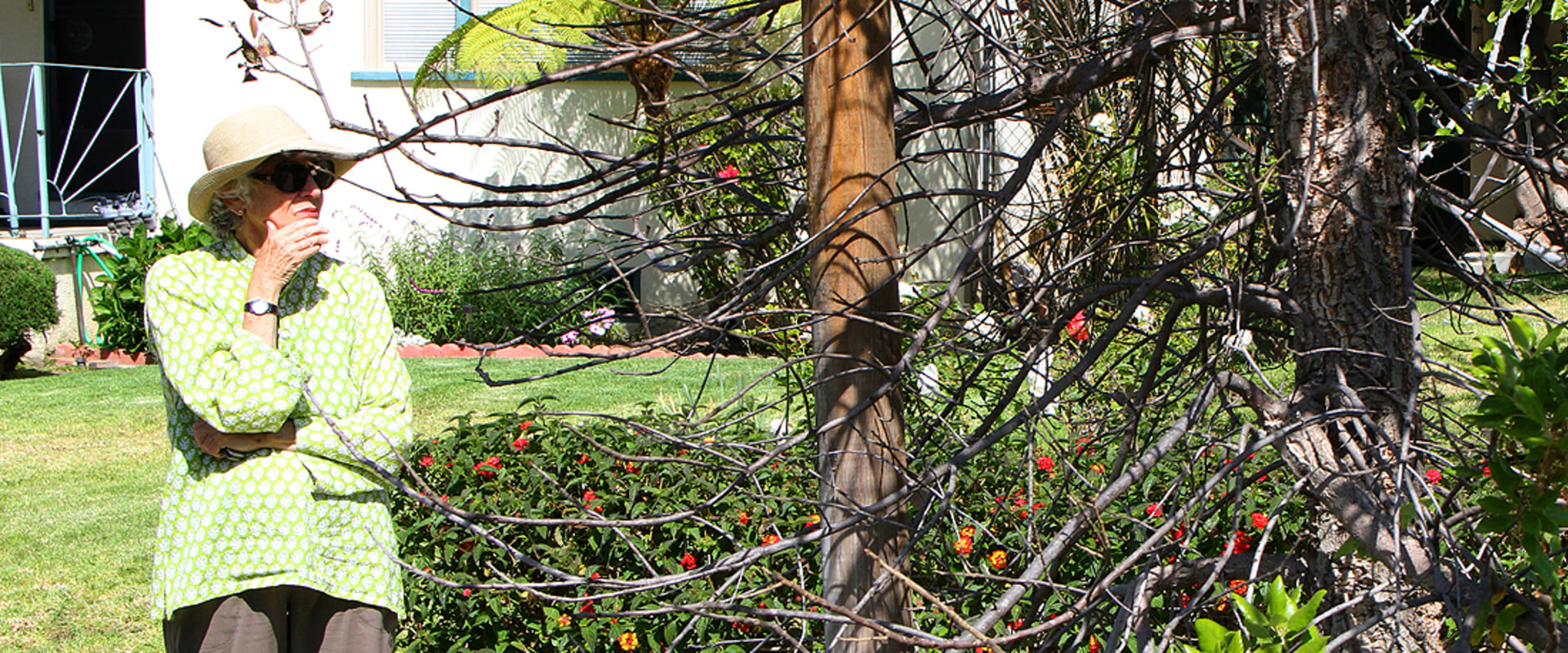
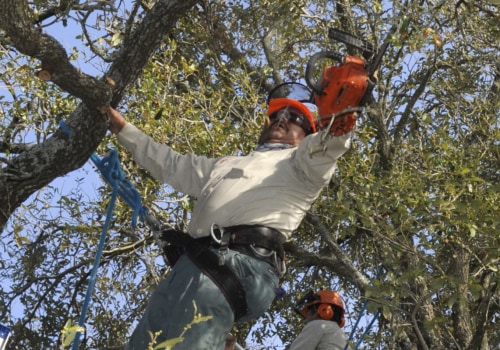
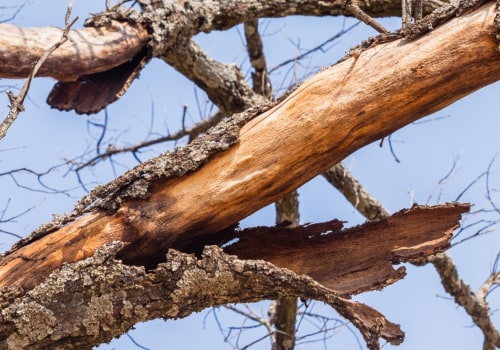
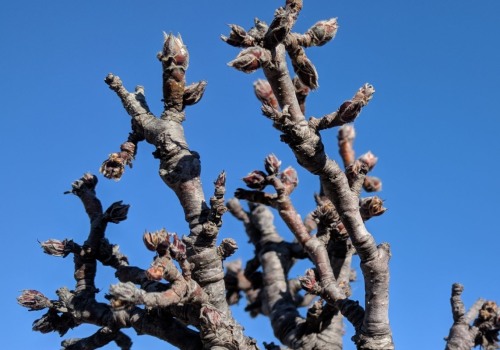
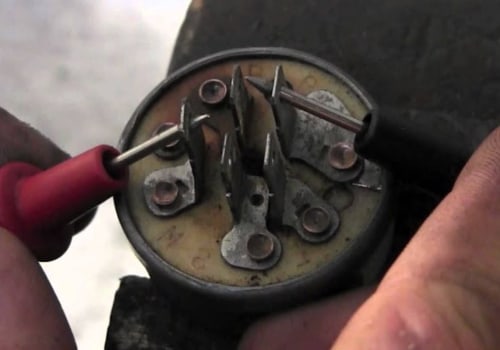
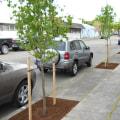
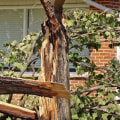
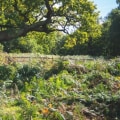
Leave Reply